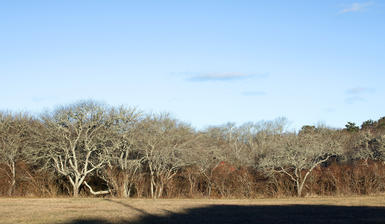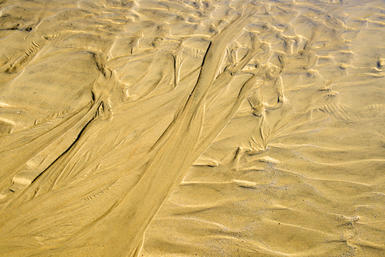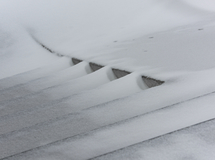Sand
The second chapter in the 2017 book called Trees, Sand and Snow.
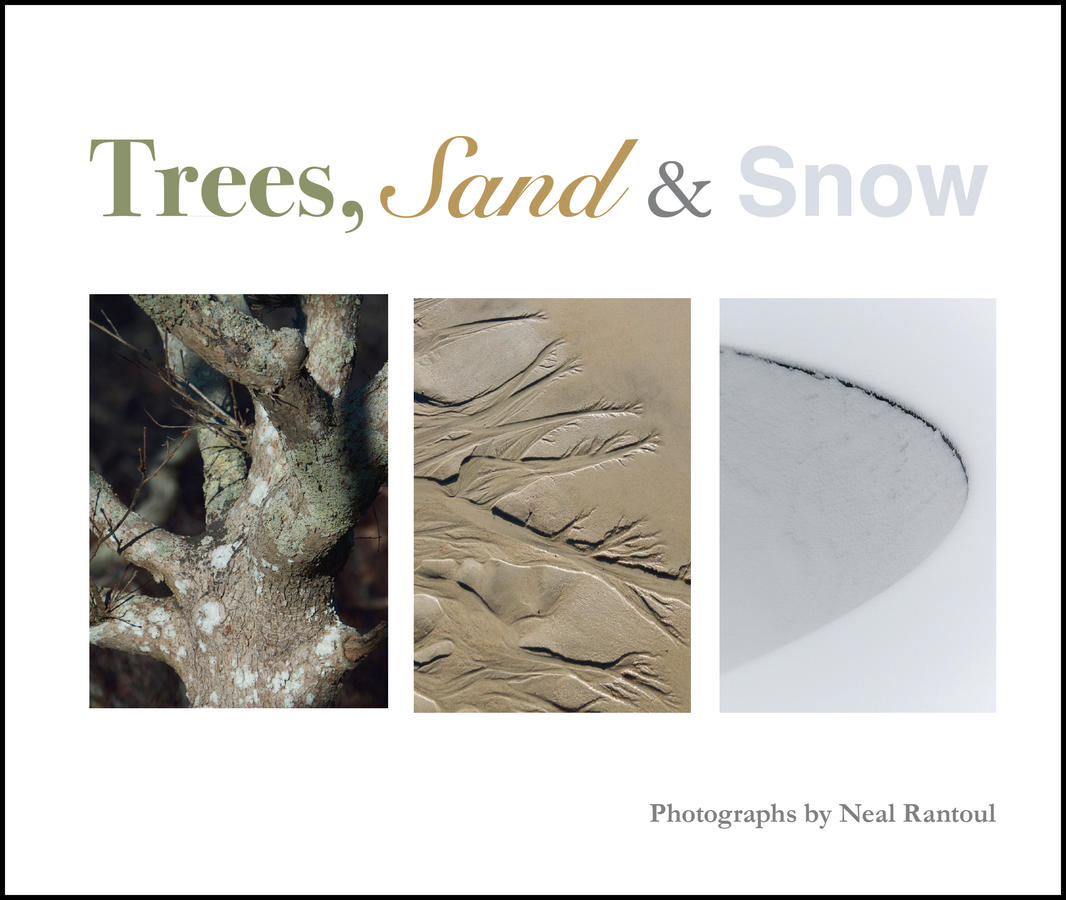
The full series is: here.
The chapter starts with this introduction:
Sand
The same morning I’d driven to Chappaquiddick to make the “Trees” pictures I rode the ferry back to Edgartown and drove up island to the beach in Chilmark on the south shore called Squibnocket. The access to the beach is from a parking lot that sits right above it. Chilmark has two town beaches on the south shore, this one and Vincent’s Beach, famous for being nude at one end and one of the most beautiful beaches along the New England seacoast.
I wasn’t at Squibnocket to make pictures, but to give it a look, to visit an old friend, to watch the waves coming in and out and as a way to complete the sense that I was on the island, here for just the day before and this one in early December.
But things were different this day as the tide was unusually low, there was no wind and much of the sand was exposed, with small rivulets of water working their way down to the ocean at dead low tide, lower than I’d ever seen it.
Then ensued an internal battle with myself. After getting out of the car and standing above the beach looking down, seeing how special this really was, acknowledging that this beach laid bare was exceptionally beautiful and rare, I went back to the car, determining that this was too much, too cliched, too overdone as a topic for me to play a part. But then, in doubt, I went back to my perch to look down again and realized I’d be a fool not to have at this, to at least try to photograph this unusual exposing of a beach I’d been visiting since I was one year old.
So I did. I got my camera, headed down the stairs to the beach below and started photographing. As has happened so many times before, a world opened up for me.
These things, this way of photographing in series, forming a narrative, has a beginning and an ending too. Generally it is important to set the stage, to show something of the overall, then to move in to show details and make pictures that make analogies to bigger things by being of small parts of the whole. There were planal considerations to work with too, for all of what I photographed at the beach that day was at my feet, spread out in a wide expansive “ground” of sand and rocks and water. Although looking timeless, the characteristic of all that was before me, this world of incredible beauty and richness would soon be covered up by the ocean itself weighed on me as I worked. In fact, by the time I was finishing much of what I had photographed only an hour two earlier, was gone.
In this second chapter we have a different sense of the temporary, an extremely short life span of a tidal cycle compared to one of a time we can dream of but not witness, the life of the stunted oak trees back at Wasque. One, a beach on Martha’s Vineyard, laid bare due to the effects of the moon and sun’s gravitational pull on our planet and the other, a stand of trees nearing the end of their lives early due to erosion. One, measured by the span of a few hours and the other, by decades or perhaps centuries, we don’t know.
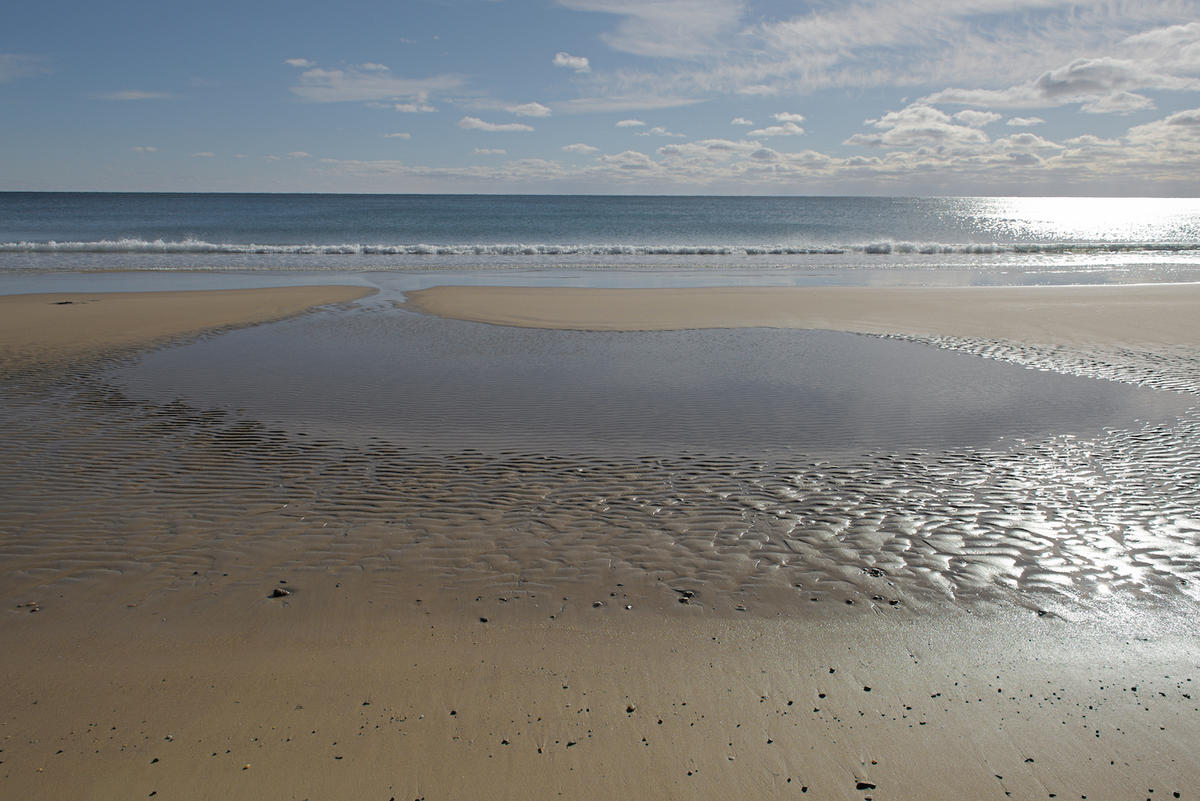
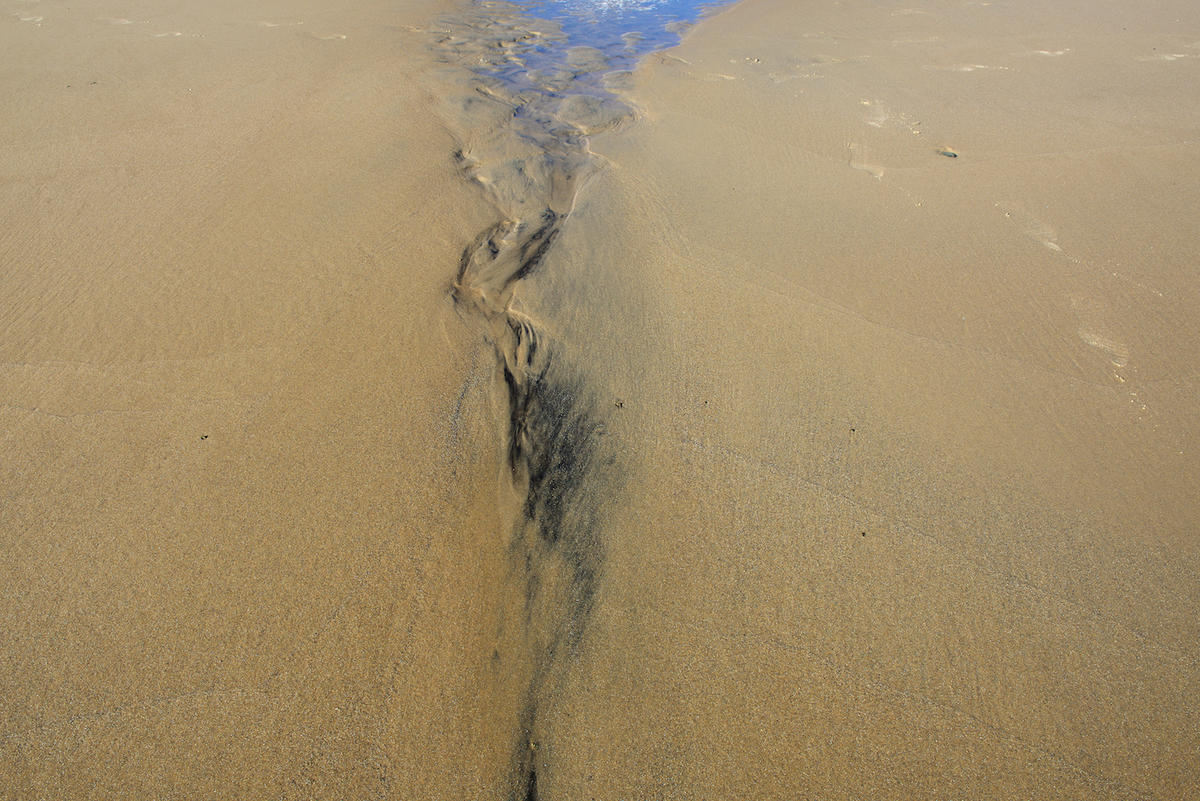
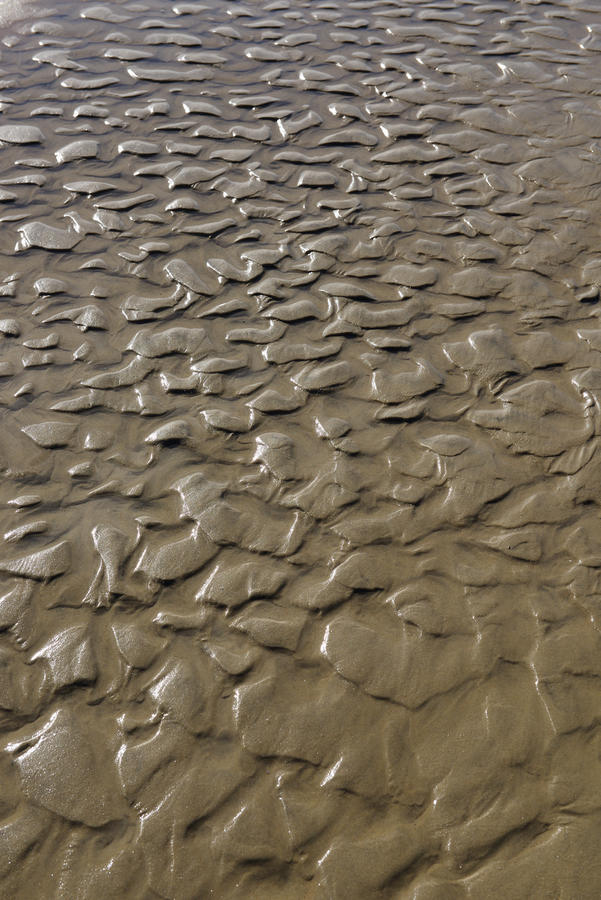
You can understand my reservation at making these pictures. As cliched as sunsets, cemeteries and babies. But I plunged right in.
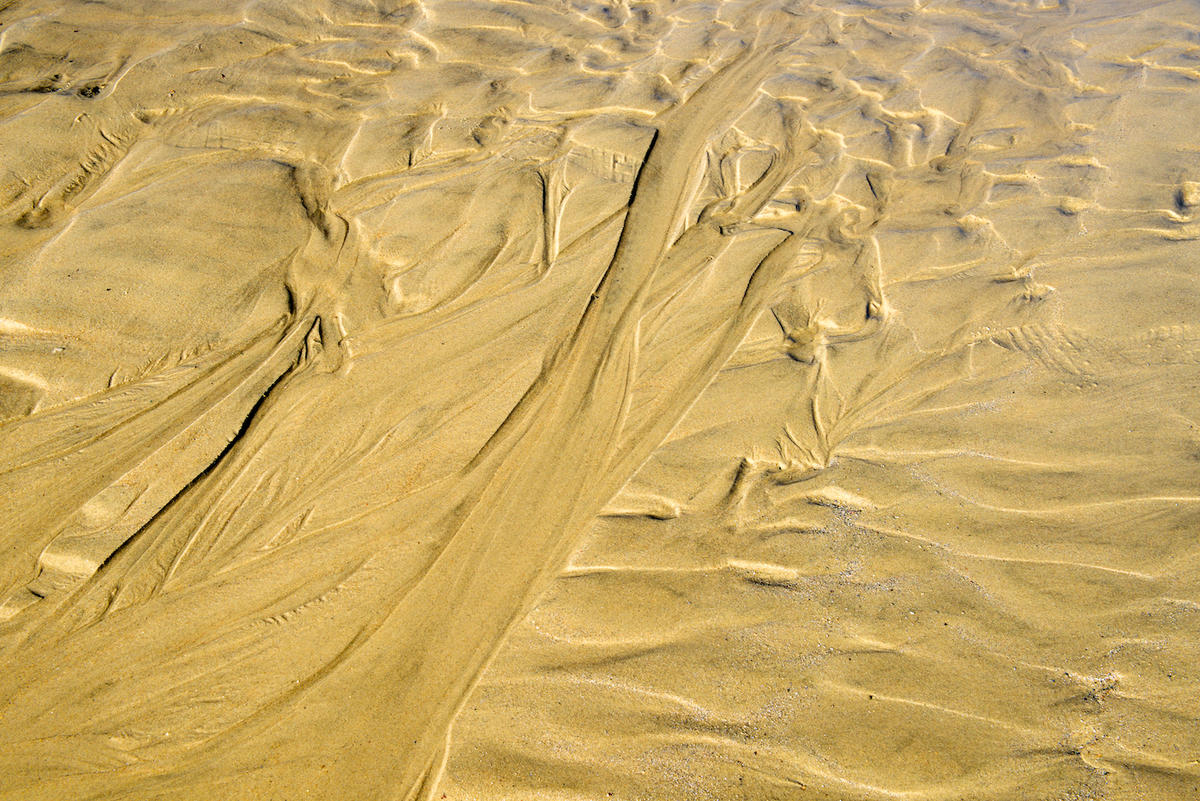

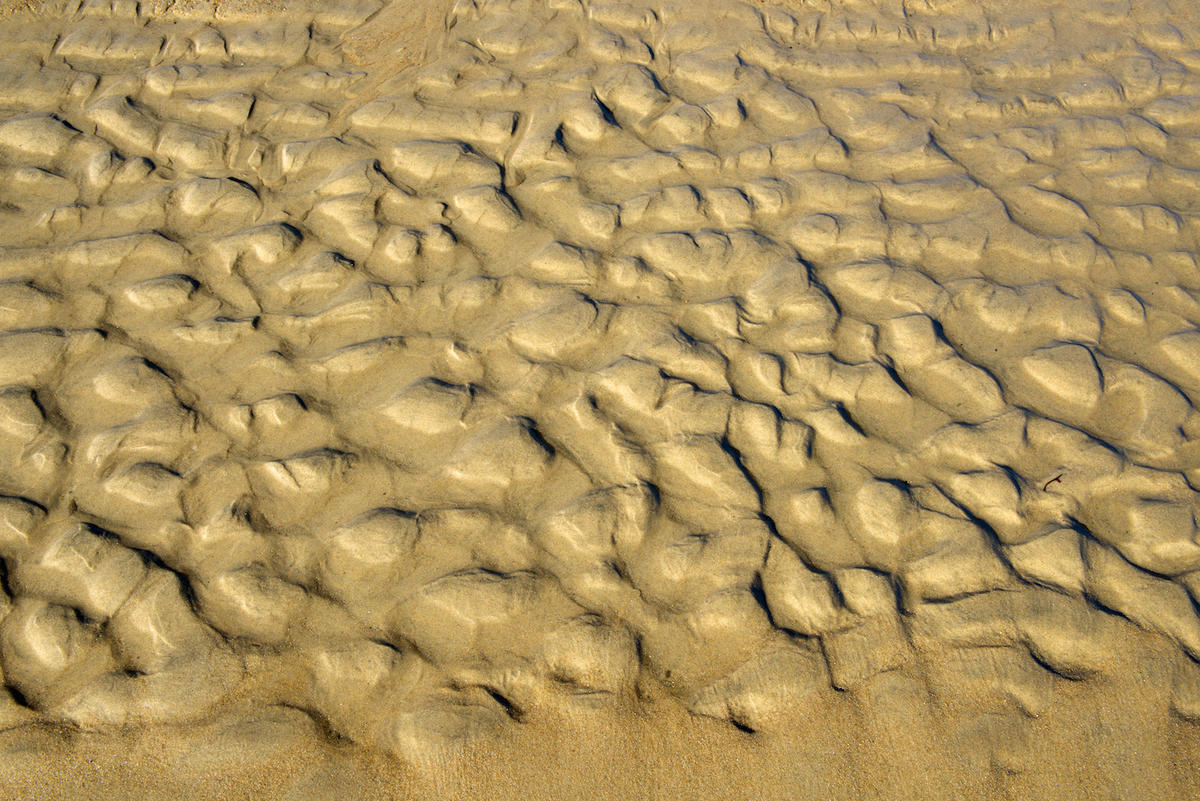
But what a powerful metaphor this was. This sand laid bare by an exceptionally low tide in December. From the trees that would fall into the sea someday to this incredible beauty swept away in an hour or two.
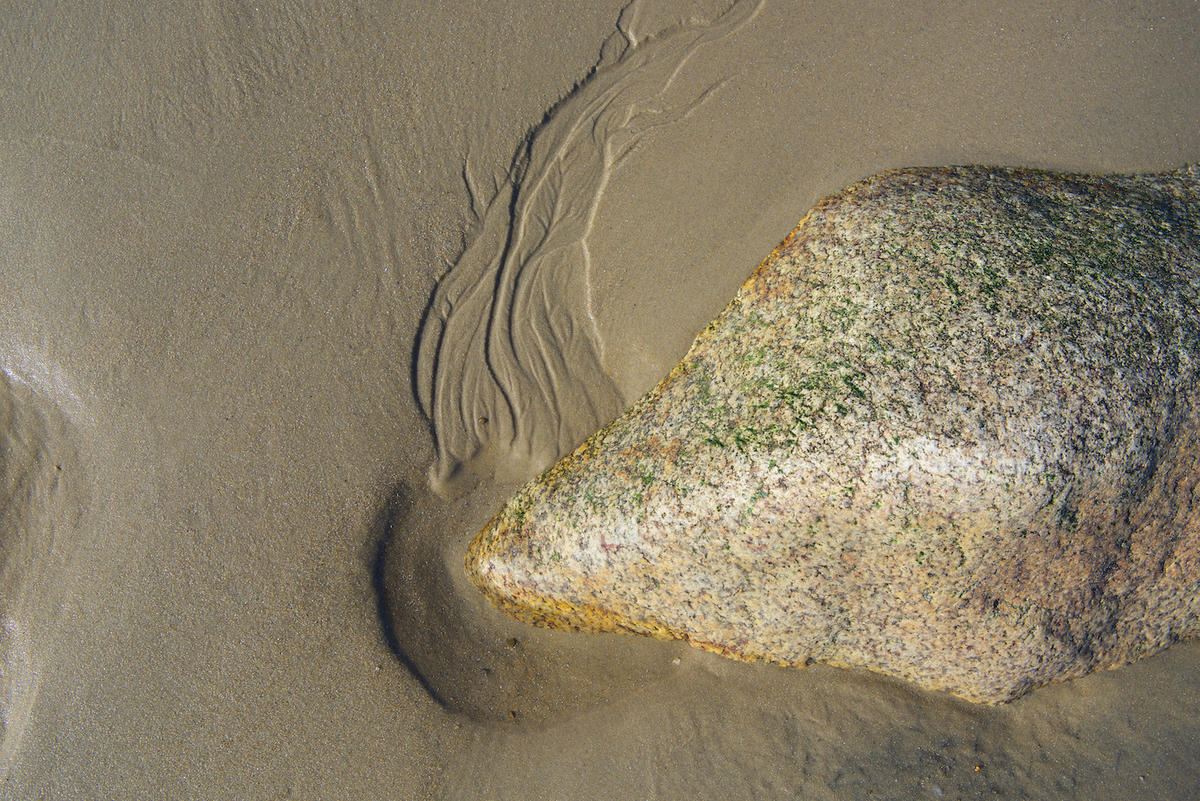
Of course, writing this now over two years later my perspective has shifted. With that distance, are these pictures as emotionally charged now as they were back then? Are they no longer loaded with the back story of the rising tide, impermanence, the sense of impending loss? As it turns out, yes they are.
I wonder if you feel it too?
Next up: the third and final chapter from the Trees, Sand and Snow book called, Snow.
